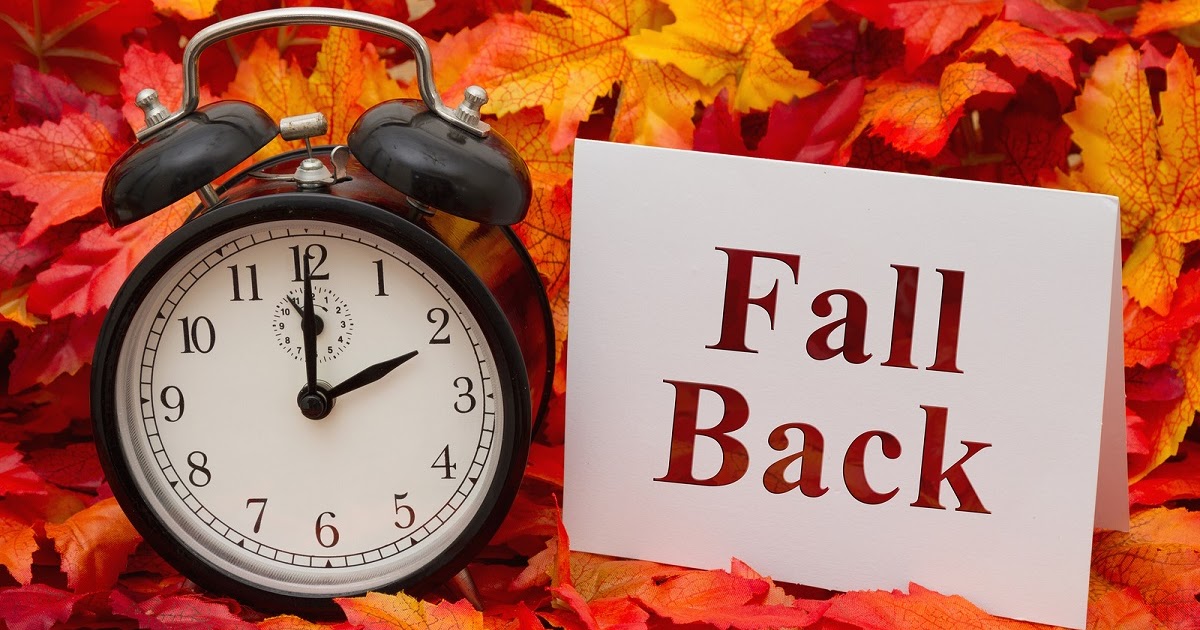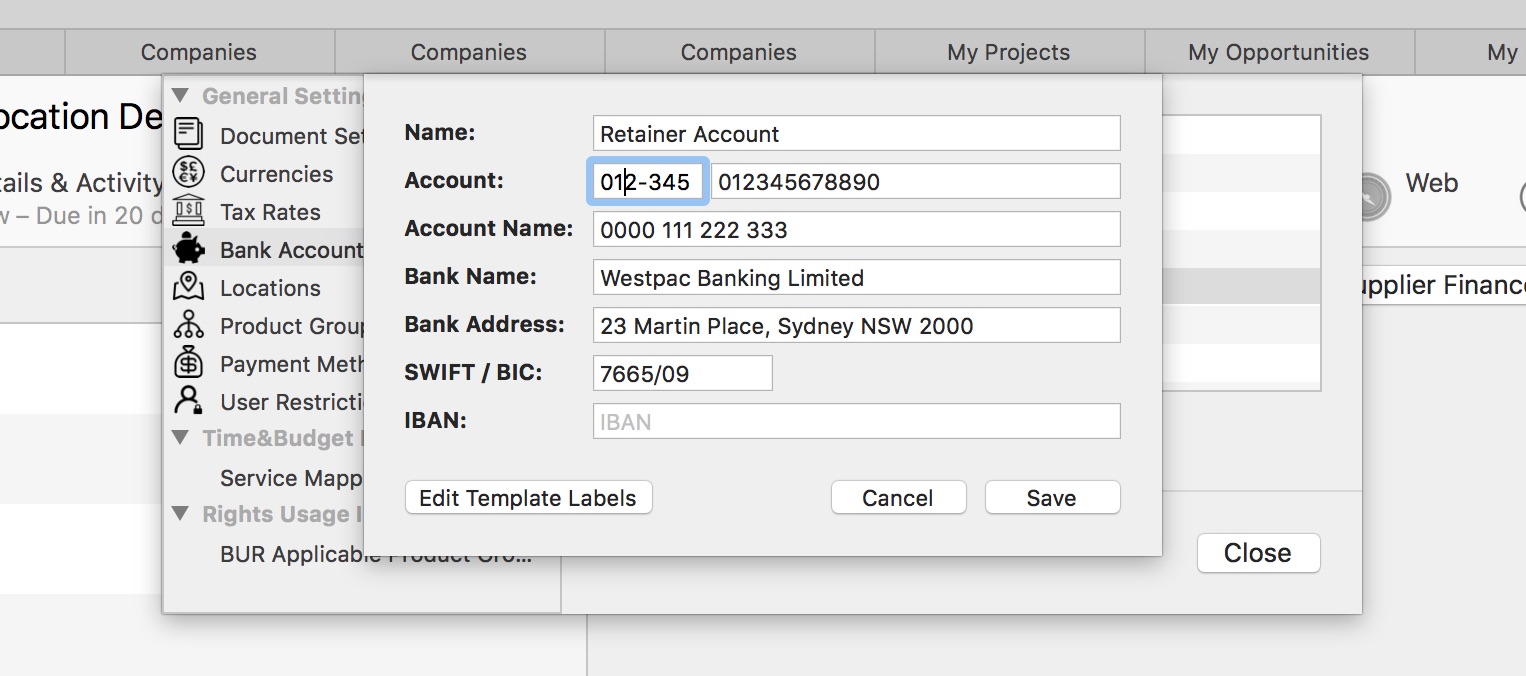
John Thune of South Dakota, the GOP Senate whip, when asked about the DST bill's passage, said he didn't know it passed, and joked he must have missed it by an hour, but said, "I'm fine with that. Virgin Islands, American Samoa, Guam and the Northern Marianas. There's also no time change observed in Hawaii, Puerto Rico, the U.S. Sen. Kyrsten Sinema, D-Arizona, who was serving as acting Senate president during the process, whispered an emphatic 'Yes!" when no one objected.Īrizona does not recognize DST (except for Navajo reservations). Rubio brought the bill up under unanimous consent. What's everyone talking about? Sign up for our trending newsletter to get the latest news of the day

I think a lot of people wonder why it took so long to get here." "I know this is not the most important issue confronting America, but it's one of those issues where there's a lot of agreement. “I'm hoping that after today, this will go over to the House of Representatives, and they'll act quickly on it," Rubio said. "But beyond that, I think their preference is – certainly at least based on today's vote, and what we've heard – is to make daylight saving time permanent." “I think the majority of the American people's preference is just to stop the back and forth changing," Rubio said. Rubio said DST began in 1918 "as a practice that was supposed to save energy, and since then we've adjusted it." Initially running for six months, DST now lasts eight months, "clearly showing you where people's preference (is)," he said. Meanwhile, 32% said they would prefer daylight saving time, which most of the U.S.

According to the advocates, the primary objective of Daylight Saving Time was to economize the incandescent lighting used during evening hours. However, 43% of survey respondents said they wanted to see standard time (the hours observed roughly for most of November into March) the time for the entire year. In 1895, George Hudson of New Zealand came up with the idea of daylight savings time that was implemented in 1916 when many nations began to use it, especially after the 1970s energy crisis. A poll from The Associated Press-NORC Center for Public Affairs Research conducted in October 2021 found only 25% of Americans said they preferred to switch back and forth between standard and daylight saving time. Spring Forward: The Annual Madness of Daylight Saving Time Downing, Michael on. The move to end the time change follows public opinion. "The evening rush hour is twice as fatal as the morning for various reasons - far more people are on the road, more alcohol is in drivers' bloodstream, people are hurrying to get home, and more children are enjoying outdoor, unsupervised play.Ukraine-Russia crisis: Fox News cameraman and consultant killed outside of Kyiv after incoming fire hits vehicle

And darkness in the evening is far deadlier than darkness in the morning," University of Washington professor Steve Calandrillo said. Experts who testified before the subcommittee in a hearing last week urged lawmakers to make the change.

An identical version of the bill has been introduced in the House and was referred to a subcommittee of the House Committee on Energy and Commerce last month. The bill passed by the Senate must still be approved by the House and signed by the president to become law. Rubio said his bill delays the change until 2023 to accommodate airlines and other industries who set their schedules far in advance. The federal government last extended that period by four weeks in 2007. And finally, for 2024, the start will be on March 10th, and the end on November 3rd. As for the year 2023, the start will be marked on March 12th and the end on November 5th. Daylight Saving Time currently begins the second weekend of March and ends the first weekend of November. When Does Daylight Saving Time End The daylight saving time end in November 6 at 2:00 am.


 0 kommentar(er)
0 kommentar(er)
